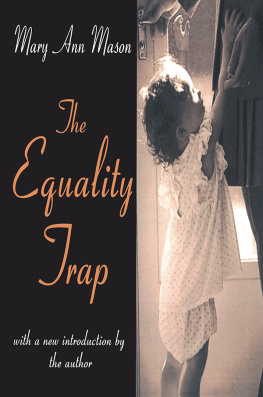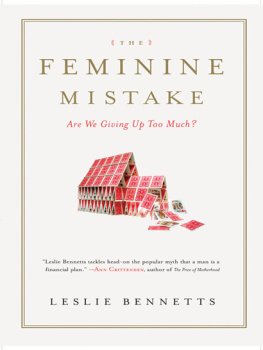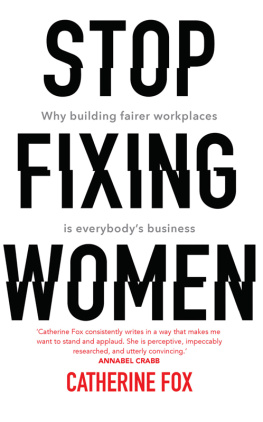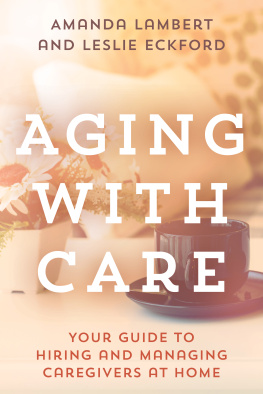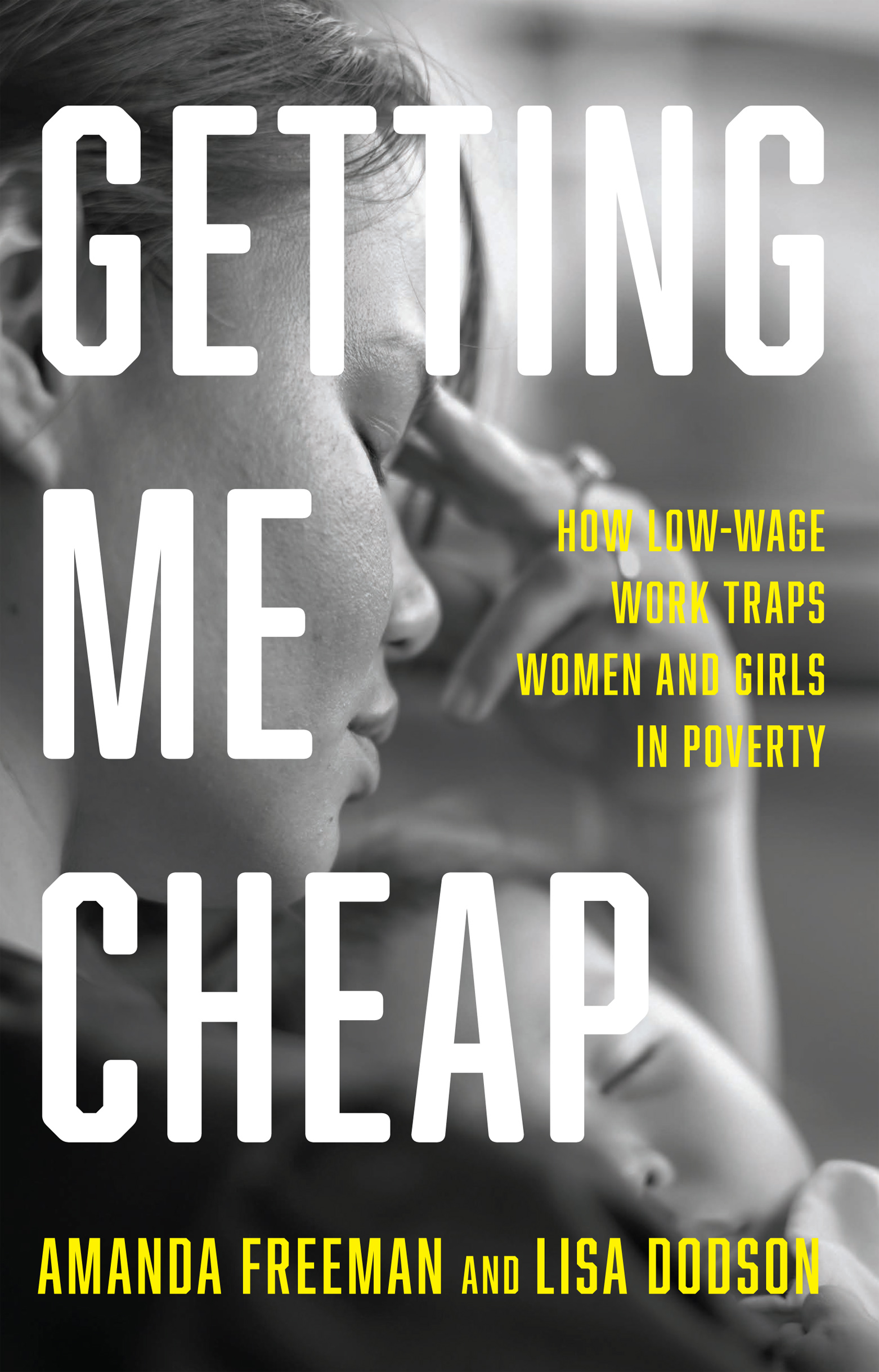Contents
Guide
Pagebreaks of the Print Version
GETTING ME CHEAP
How Low-Wage Work Traps Women and Girls in Poverty
Amanda Freeman and Lisa Dodson

Contents
Authors Note
In 2019, before the pandemic, the Brookings Institution released a report describing the low-wage workforce: the roughly 53 million Americans making an average of $10.22 an hour, or essentially poverty incomes. This is the part of the U.S. labor market disproportionately relegated to women, disproportionately Black, Latinx, and immigrant workers. Over the two years that followed, as the pandemic unfolded, it was clear these same women would be the workers who suffered the most. Jerome Powell, chair of the Federal Reserve, put it like this, in the spring of 2020: The people getting hurt the worst are the lowest paid people. Its women to an extraordinary extent.
At the time Powell made that statement, we had been listening to low-wage moms for years. So we were not surprised that the pandemic took the most from those who could least afford it. This is not new. Low-wage women work in food services, as grocery clerks, and in retail sales; as cleaners and childcare workers; and in the rapidly expanding market for home health, elder-, and personal-care work. The nations backwater jobs are largely filled by womenand disproportionately by Black and Brown women. While raising more than half of all kids in America, these women provide the services that higher-income people rely on to manage career and family demands. They work to uphold the comfort and well-being of the affluent but are left to care for their own children and families on poverty earnings.
As one woman put it to us years ago, They get me cheap.
This book is guided by the concerns and values that low-income women emphasized and circled back to repeatedly in our conversations with them. It is not a linear story nor one molded by current partisan debates. Instead, it mirrors the lives these women described to us, multitasking and shape-shifting above all, in order to be there for their kids. We heard how they changed jobs, went back to school, joined the armed services, made residential moves, and at times sought public aid to supplement poverty pay. Across states and over the years, one thing never changed. Motherhood and kids always remained at the center of their lives.
Hearing from Working Poor Women
Over the last ten years, we have been involved in a variety of research projects that were designed and developed with the participation of low-income women. All of the projects also included collaborating with a local, statewide, or national organization committed to economic equity for working poor women, their families, and communities. These organizations networks and, above all, their trustworthiness among low-income, BIPOC, and immigrant communities were absolutely essential to our work. Importantly, our trustworthiness was requisite as well and we were vetted before being invited to reach out to or meet with low-income women in these networks. Additionally, in developing our research approach, we tried to recruit diverse research teams that included low-income women with personal experience on the issues central to the projects.
In all, we talked with 250 low-income mothers who identified as African American or Black, white, Latinx, mixed race, and a small number who identified as Native or Native American. Our research took place in Massachusetts, Colorado, Delaware, Michigan, Oregon, Georgia, Pennsylvania, New York, Washington, and Connecticut. We gathered information using two common research methods: face-to-face interviews and focus groups, the latter of which we refer to here as group discussions and community conversations. The interview approach varied; in some cases we met with a woman once and in other cases several times. We met in their homes, playgrounds, schools, or sometimes local program offices. We also used phone interviews, given moms overburdened schedules, and then, during the pandemic, switched entirely to phones.
The focus groups or community conversations were held in local settings like community centers, churches, and schools, usually gathering to talk around a table. In most cases, moms were meeting each other for the first time. But often they found connections through neighborhood ties and their kids social networks. In contrast to individual interviews, these group conversations were largely unstructured and led by the issues parents raised. Like the interviews, the conversations invariably circled around childrens well-being, schooling, childcare issues, and a lot of discussion about jobs and public assistance, as well as immediate health and family concerns. We provided childcare and a meal, as needed, when meeting in person. When possible, we compensated participants for their time with a store gift card or cash. Reflecting human subjects protections, the real names and identifying details of the women have been changed, and participants were urged to skip any question that they did not want to answer.
Where We Fit In
It was shared history that led us to work together, over fifteen years ago, in the Sociology Department at Boston College, as research professor and graduate studentboth of us white women. When we met at Amandas graduate student orientation, Lisa was struck by the fact that Amanda introduced herself as a single mother. At the time, Amanda was chasing her two-year-old daughter and leading writing workshops for single mothers in New York City. Lisa, who had also been a single mother, and juggled baby, graduate school, and a full-time job, had always worked with organizations promoting economic justice for women. She recognized the steep climb Amanda was about to face. Over the years that followed, we collaborated on research, sharing our thinking and writing, working toward making public the institutionalized inequities surrounding low-income mothers and children.
More important than our shared life experience and collaboration, we both understood that for us, through education and future earnings, the hardest times were temporary. What drew us to work together above all was a shared commitment to using the privileges of academiaresearch, writing, and public voiceto connect with other mothers who, without a national economic reckoning, would never climb out of working poverty. That is why we wrote this book.
Girls Step Up
Maya
I was very good in school then it all fell on me.
Maya, a thirty-one-year-old Latinx mother of two young children, was clearly proud of what a good student she had been throughout her high school years. I was very engaged when I was in school. I did really, really good in school. So I was involved in everything, like the human relations club, the debate team. I stayed after school every day and did that on my own. I always was the one to take initiative and just sign my own self up. Like I did technology programs, I won trips to New York. So I was, like, really, really involved in school.
Maya was the oldest child in her family, with five younger brothers. Her father worked different jobs, nothing steady, just, like, dead-end jobs, you know, like, here or there, you know, under-the-table jobs; my mom never worked. Her family relied on a mix of wages, formal and under the table, with some public assistance. Despite unstable family income, she managed to enjoy high school and excel. But then, the way that my family got, it fell on me. My brothers were having it kind of rough.


